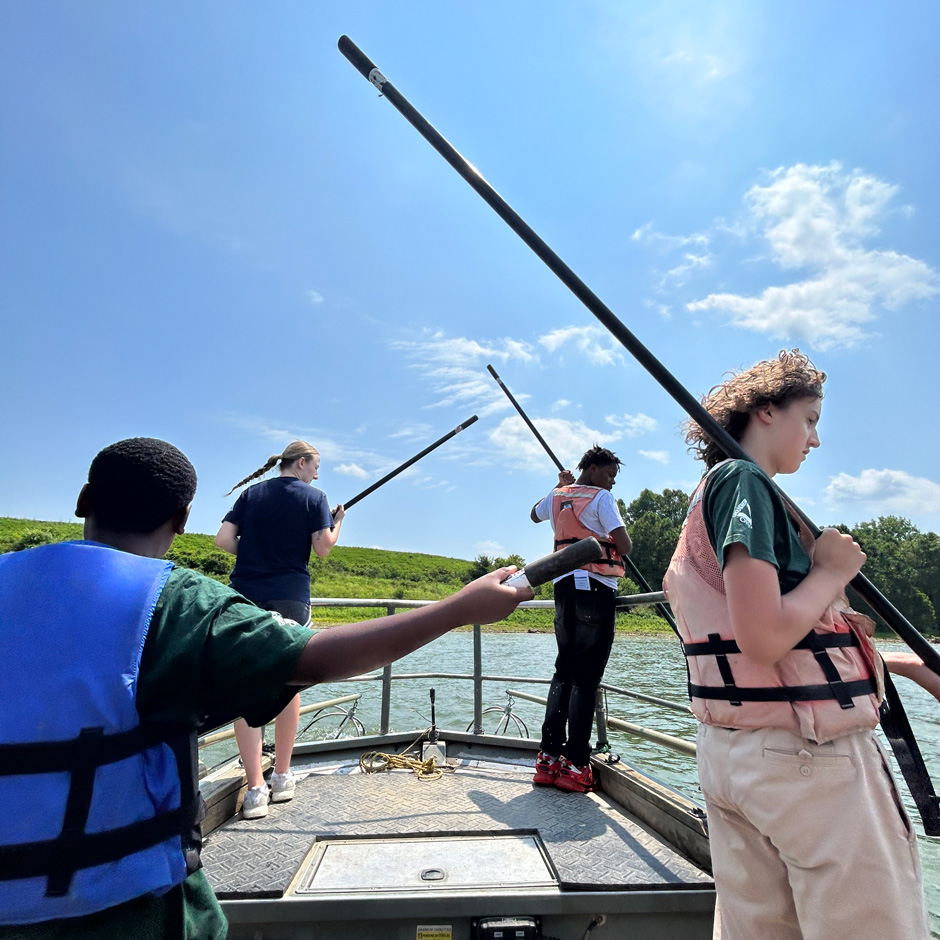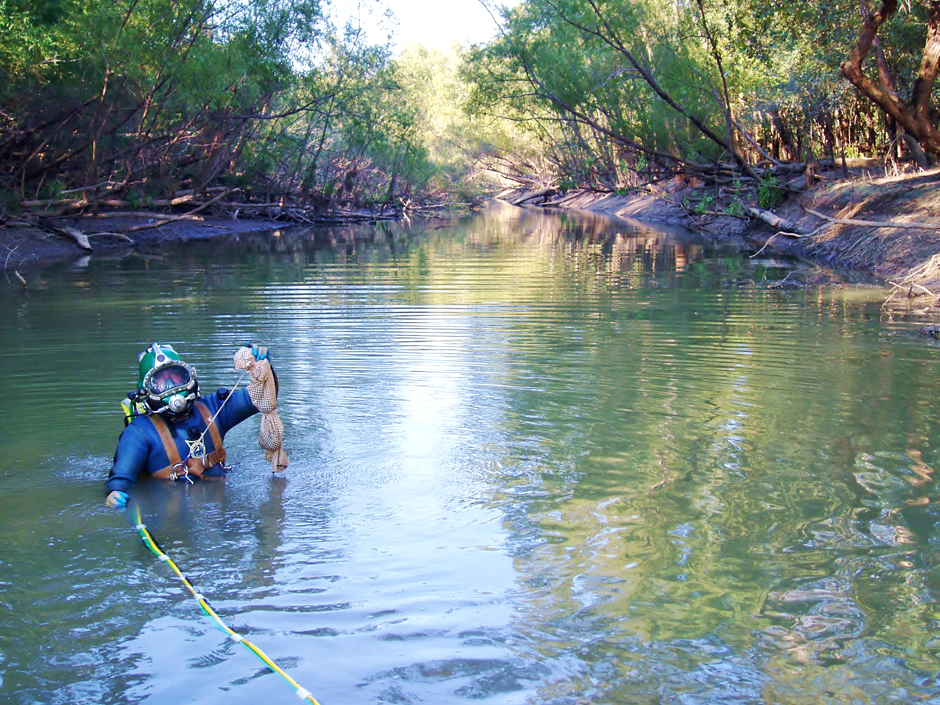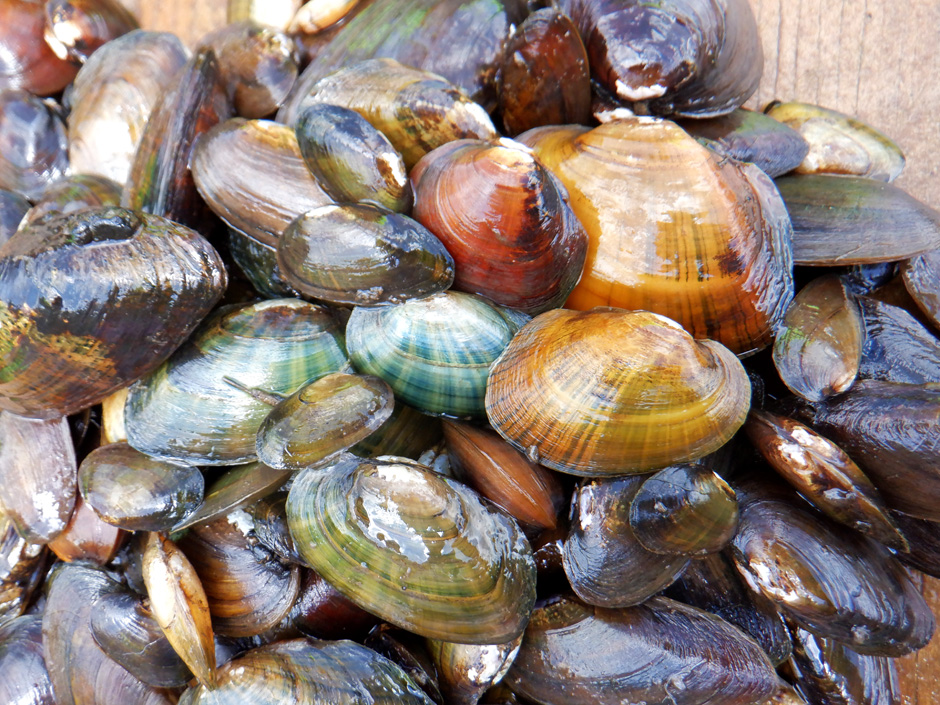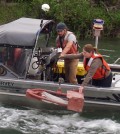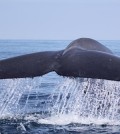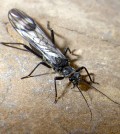Posts for tag "endangered species"
Rebuilding Trust in Science and Protecting Resources: Thomas More University Biology Field Station
The Thomas More Field Station is managed by a team of students, faculty and staff who facilitate ongoing restoration and monitoring programs.
- Posted December 27, 2023
Going, Going, Gone: Endangered Species Recovery and Conservation
Countless species of flora and fauna around the world are being listed as either threatened, endangered, or extinct.
- Posted December 5, 2022
Protecting Endangered Species: Conducting Mussel Surveys
Endangered mussel surveys are a necessary step in project planning because the distribution of mussels and species assemblage relative to a planned project is critical to completing the required environmental documentation while protecting native species.
- Posted June 21, 2022
Protecting Endangered Species: Why Freshwater Mussels Matter
Though few people pay any mind to the occasional “clam” shell spotted along a river bank or lake, these small but mighty creatures are deeply important to water systems across the United States, and many of them...
- Posted June 14, 2022
Hawai‘i’s He‘eia NERR Looks to its Ancient Past to Prepare for its Future
Filled with rare species and beautiful climes, Hawai‘i’s He‘eia NERR is a researcher’s paradise.
- Posted January 9, 2019
Lake Erie Watersnake: A Look At The Comeback
The Lake Erie watersnake was once endangered in Ohio and threatened federally. But thanks to a nearly decade-long effort, the snake is thriving once again.
- Posted September 8, 2016
Measuring Kootenai River Sediment To Help Endangered Sturgeon
The U.S. Geological Survey deployed acoustic Doppler meters along Idaho's Kootenai River to measure sediments in spawning habitat of endangered sturgeon.
- Posted February 3, 2016
Great Lakes Gray Wolves No Longer Endangered, Scientists Say
Nearly 30 scientists and wildlife managers around the Great Lakes region have penned a letter to Sally Jewell, secretary of the U.S. Department of Interior, according to Science Mag. They are requesting that populations of gray wolves...
- Posted November 30, 2015
After Centuries Of Whaling, Blue Whale Numbers Stable Off California Coast
Passive acoustics, hydrophones help scientists at Scripps Institution of Oceanography and San Diego State study blue whales in the Southern California Bight.
- Posted July 10, 2015
Researchers use satellites to study endangered bearded vultures in Spanish Pyrenees
Using GPS satellite technology, Spanish researchers studied endangered bearded vultures, and learned just how far these birds will fly to survive
- Posted February 4, 2015
Rare stonefly vanishing from Glacier National Park streams as glaciers melt
The glaciers of Glacier National Park are projected to melt away by 2030. A new study suggests a rare endemic stonefly could disappear with them.
- Posted December 19, 2014


